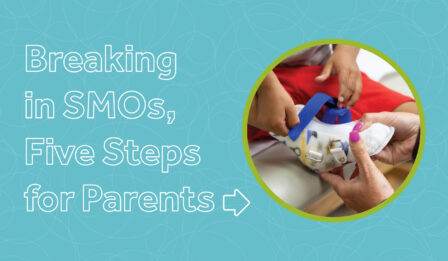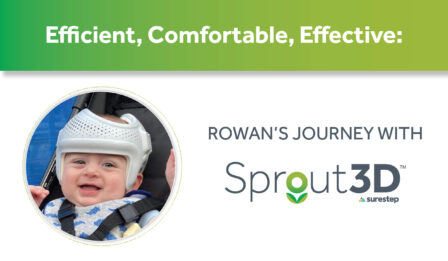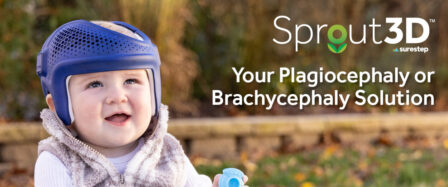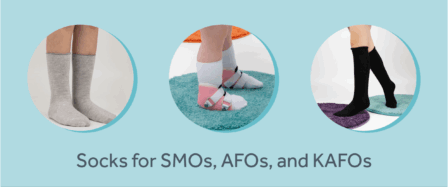
A Blog by Surestep
-
 December 2, 2025
December 2, 2025
Making SMOs Part of Your Child’s Routine
-
 October 20, 2025
October 20, 2025
Efficient, Comfortable, Effective: Rowan’s Journey with Sprout3D
-
 July 10, 2025
July 10, 2025
Back to School with SMOs or AFOs: 6 Tips for Parents
-
 March 18, 2025
March 18, 2025
The Easy Way to Help Your Baby’s Plagiocephaly or Brachycephaly
-
 January 10, 2025
January 10, 2025
6 Tips for Winter Weather in SMOs or AFOs
-
 November 22, 2024
November 22, 2024
10 Holiday Gift Ideas for Kids With SMOs or AFOs
-
 May 29, 2024
May 29, 2024
Summer in SMOs or AFOs: 7 Ways to Deal With Sand, Sweat, Swimming Pools, and More
-
 April 2, 2024
April 2, 2024
What Parents Need to Know About Socks for SMOs, AFOs, and KAFOs
-
 March 7, 2024
March 7, 2024
Heel-Entry Shoes Designed for Your Child and You
-
 April 28, 2023
April 28, 2023
AFOs Vs SMOs – Which Braces Are Best For My Child?
